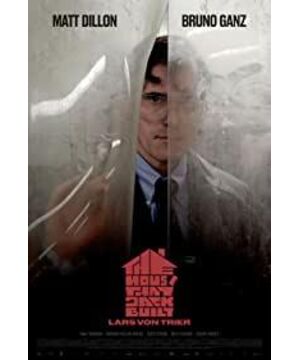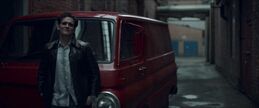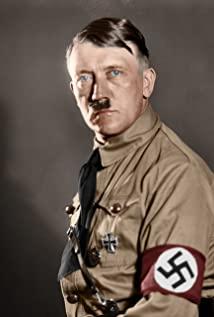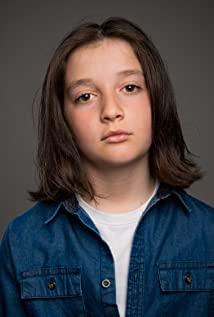The House That Jack Built movie plot
-
Justus 2022-03-23 09:02:32
After watching halftime, I really don't want to continue spending time on it. The first halfway exit. It's not a matter of standard bloody dialogue, but rather the insipidity of killing people like arhat. tedious. Pulled out Virgil and sat down. Everyone has the right to explore philosophy and art, and evildoers also have the pursuit of perfection and good philosophy. Losing the criterion of good and evil, the fine art of the Nazis can also be enshrined in the palace of art. The girl behind her laughed breathlessly. The hand-held collage animation PPT smells of the director's aging and decay. A sick author is left to a sick audience to worship. I'd rather spend the second half reading the comedy of Dante. 2018.10.18, UCCA
-
Kari 2022-03-24 09:02:39
"Art has no moral boundaries", "Negative film reveals the darkest places of light". ps is far from shocking, and the overall surprise is also lacking.
The House That Jack Built quotes
-
Jack: The old cathedrals often have sublime artworks hidden away in the darkest corners for only God to see. The same goes for murder.
-
Jack: Some people claim that the atrocities we commit in our fiction are those inner desires which we cannot commit in our controlled civilization, so they're expressed instead through our art. I don't agree. I believe Heaven and Hell are one and the same. The soul belongs to Heaven and the body to Hell.











